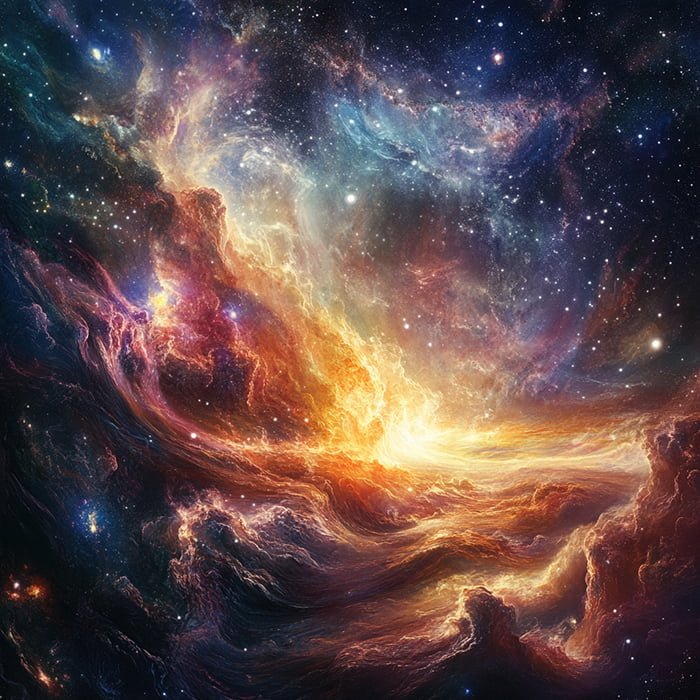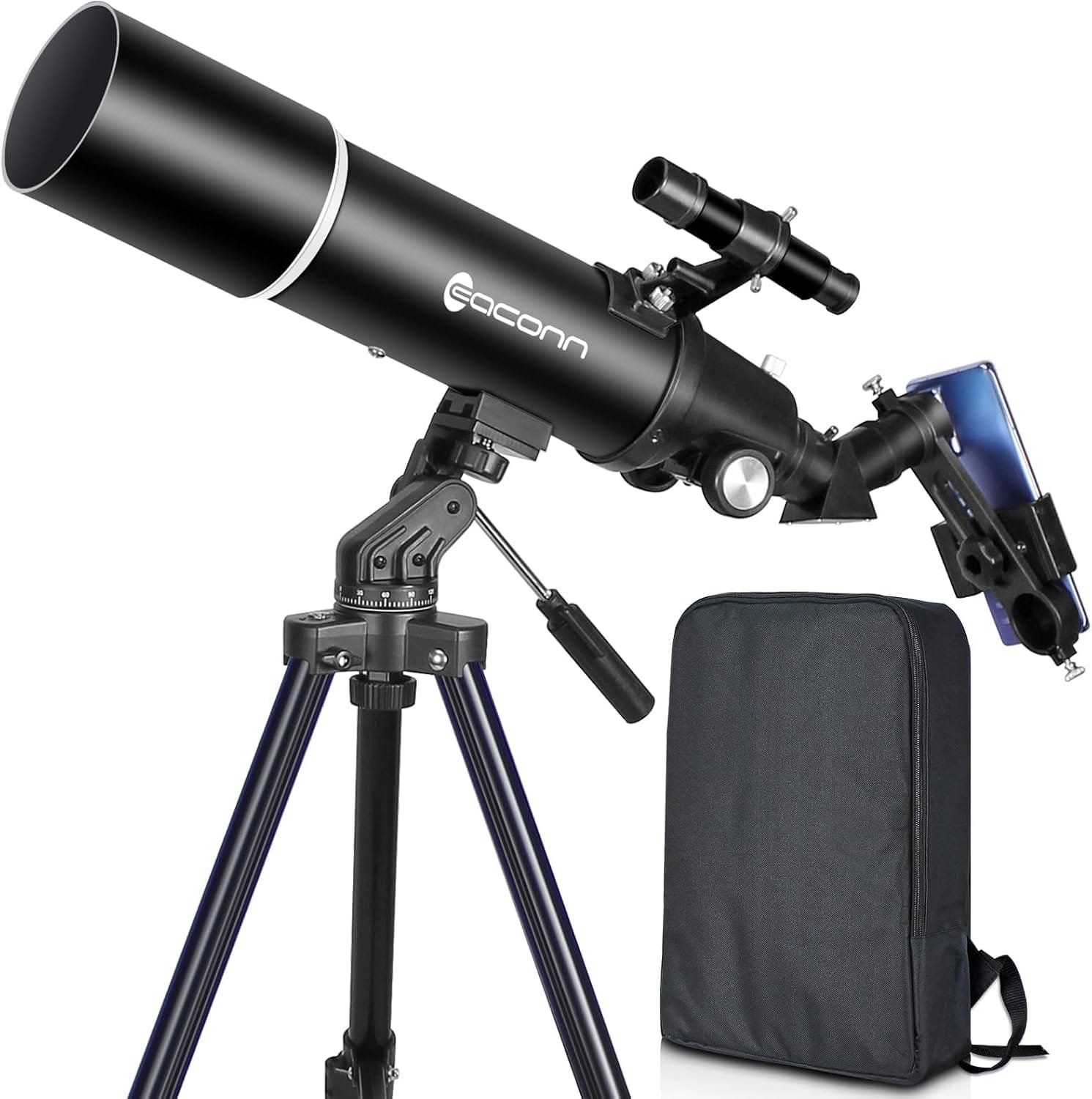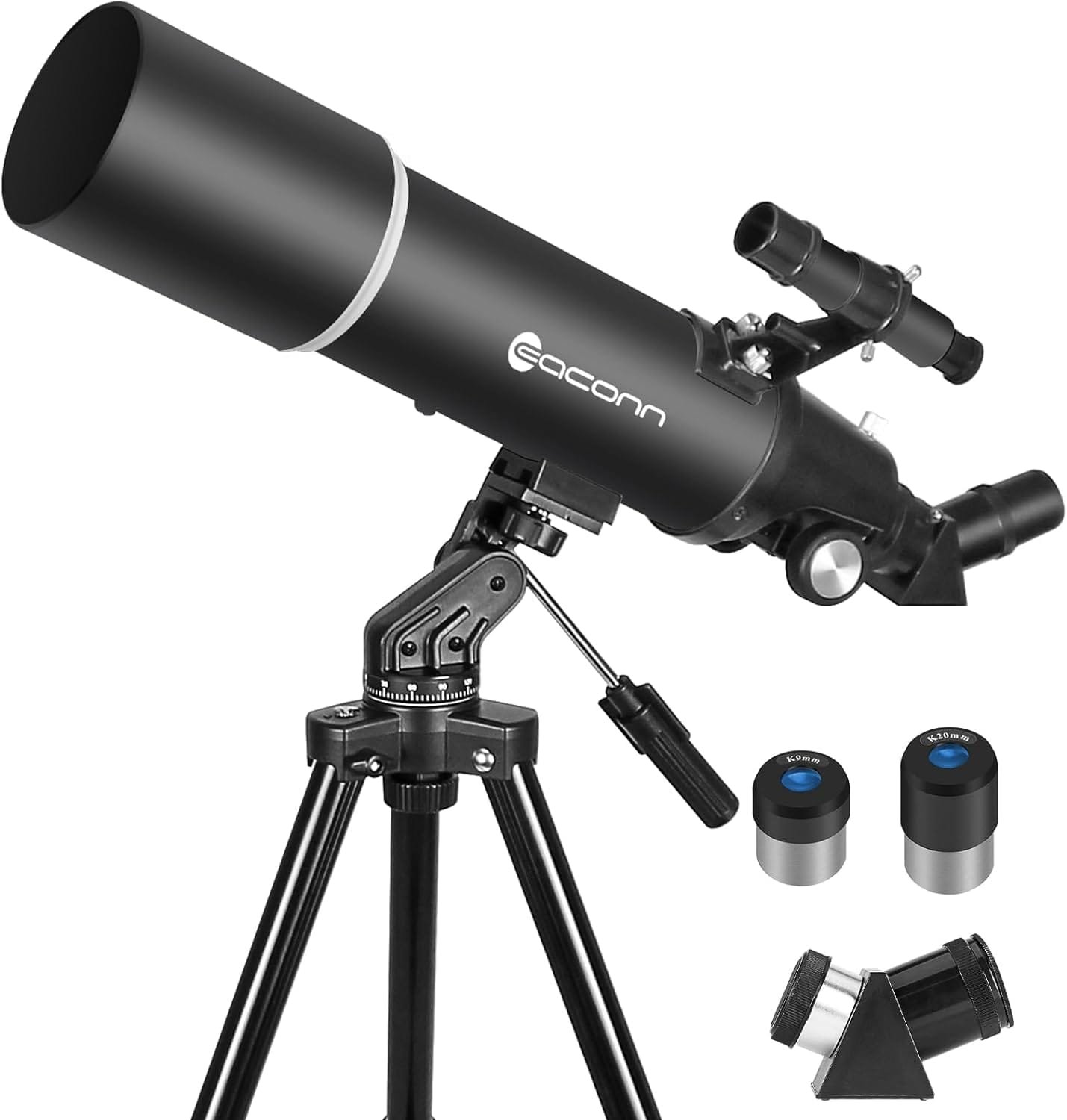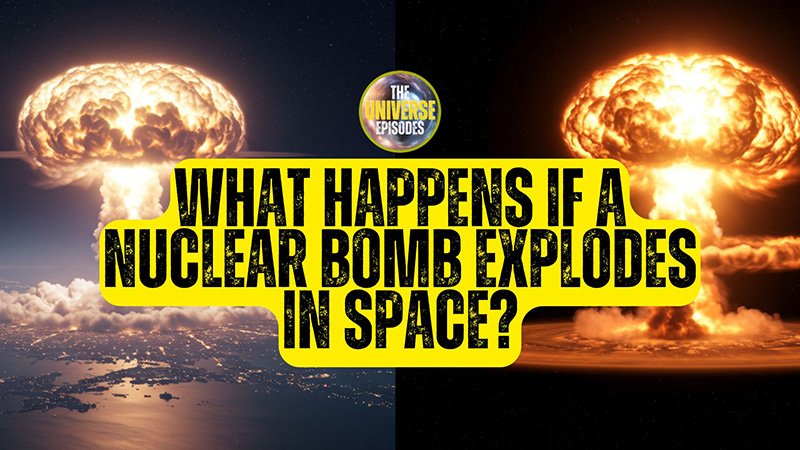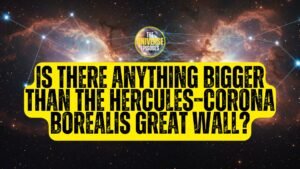The Big Bang Theory, supported by CMB and universe expansion, explains the universe’s creation. Religious views add diverse perspectives.
Key Takeaways 📝
- Big Bang Theory Explained: The Big Bang Theory is the most widely accepted scientific explanation for the universe’s origin, suggesting it began 13.8 billion years ago from an infinitely hot and dense point.
- Staggering Temperatures: In the first moments after the Big Bang, the universe’s temperature reached around 10 billion degrees Fahrenheit (5.5 billion Celsius).
- Diverse Religious Perspectives: Different religious traditions offer unique interpretations of the universe’s creation, often intersecting or diverging from scientific explanations.
- Unresolved Mysteries: Despite its success, the Big Bang Theory leaves some questions unanswered, such as the cause of the initial expansion and the nature of dark energy and dark matter.
- Ongoing Dialogue: The interplay between scientific theories and religious beliefs enriches our understanding of the universe’s origins, highlighting the complexity and diversity of perspectives.
Exploring the Origins of the Universe: Science and Belief
The question of how the universe was created has intrigued humanity for centuries, sparking both scientific inquiry and religious contemplation. Today, the Big Bang Theory stands as the leading scientific explanation for the universe’s origins, while various religious beliefs offer alternative perspectives. This blog post delves into these fascinating explanations, exploring both scientific theories and religious interpretations.
The Big Bang Theory: A Scientific Perspective

The Big Bang Theory is the most widely accepted scientific explanation for the origin of the universe. It suggests that the universe began approximately 13.8 billion years ago from an infinitely hot and dense point, which expanded rapidly. This expansion marked the beginning of space, time, and the fundamental particles that make up the universe.
Early Universe and Cosmic Inflation
In the first moments after the Big Bang, the universe was incredibly hot, with temperatures reaching around 10 billion degrees Fahrenheit (5.5 billion Celsius). During this period, known as cosmic inflation, the universe expanded exponentially, smoothing out any irregularities and setting the stage for the formation of matter.
Formation of Matter and Light
Initially, the universe was a hot, dense “soup” of particles that could not hold visible light. As it cooled, free electrons combined with nuclei to form neutral atoms, allowing light to travel freely. This event, known as recombination, occurred about 380,000 years after the Big Bang.
Observational Evidence
Several key pieces of evidence support the Big Bang Theory:
- Cosmic Microwave Background (CMB): Discovered in 1964, the CMB is a faint glow of radiation that fills the universe, providing a snapshot of the early universe.
- Expansion of the Universe: Edwin Hubble’s observations in the 1920s showed that galaxies are moving away from us, indicating that the universe is expanding.
- Abundance of Light Elements: The proportions of hydrogen, helium, and other light elements observed in the universe match predictions from Big Bang nucleosynthesis.
Religious Interpretations
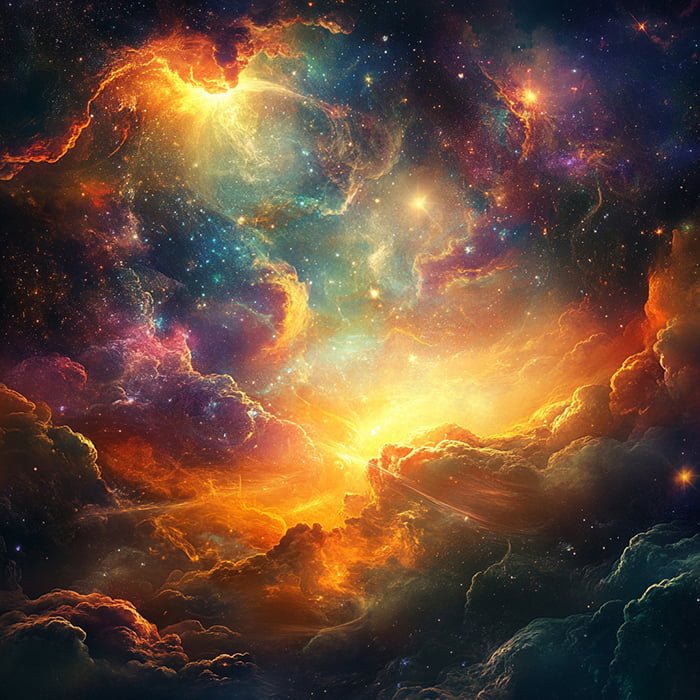
While the Big Bang Theory provides a scientific framework, it also intersects with religious beliefs about creation. Many religious traditions have their own narratives about the universe’s origins, which sometimes align with or differ from scientific explanations.
Christianity and the Big Bang
Some Christian interpretations see the Big Bang as compatible with the idea of a divine creation, suggesting that the universe’s beginning aligns with the concept of creation ex nihilo (creation out of nothing). However, others argue that the Big Bang makes the notion of a creator superfluous.
Islamic Perspectives
In Islam, some scholars interpret the expanding universe described in the Quran as consistent with the Big Bang Theory. They see the scientific theory as a reflection of divine creation, with the Quranic verse “And the heaven We constructed with strength, and indeed, We are [its] expander” often cited in this context.
Hinduism and Other Eastern Religions
Hinduism, along with Buddhism and Jainism, offers cyclical models of the universe, which differ from the linear progression suggested by the Big Bang. These traditions often view the universe as undergoing endless cycles of creation, preservation, and destruction.
Current Understanding and Mysteries
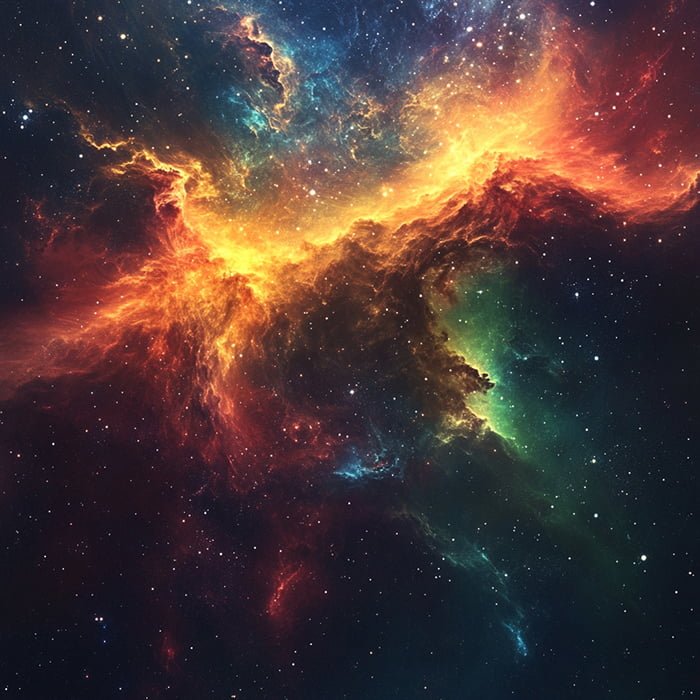
Despite its success, the Big Bang Theory does not answer all questions. The cause of the initial expansion remains unknown, and the nature of dark energy and dark matter, which make up most of the universe, is still a mystery. Alternative theories, such as eternal inflation and the multiverse hypothesis, propose different scenarios for the universe’s origin and structure.
The Big Bang Theory provides a robust scientific framework for understanding the universe’s creation and evolution. Supported by extensive observational evidence, it explains the universe’s expansion from a hot, dense state to its current form. However, many questions remain, driving ongoing research and exploration in cosmology. Meanwhile, religious beliefs continue to offer diverse perspectives on the universe’s origins, enriching the dialogue between science and spirituality.

